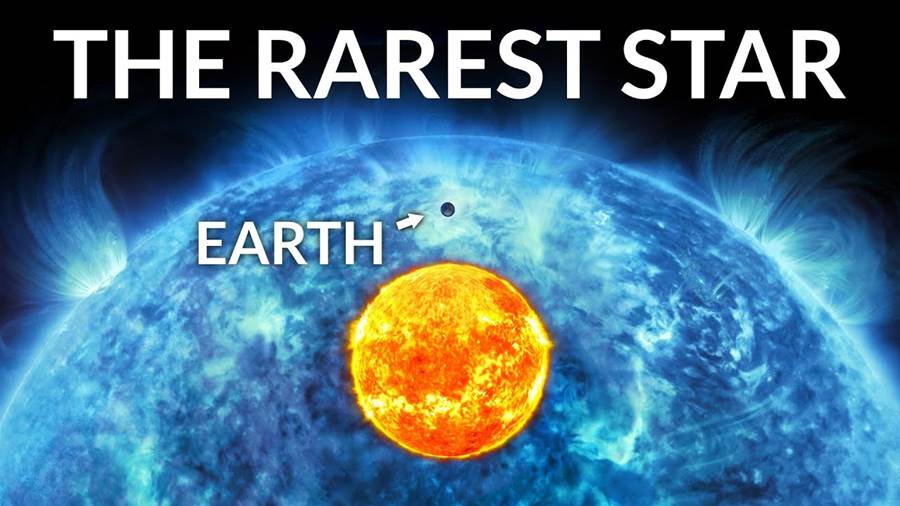
The first stars that ever existed in the universe may still be present, according to recent scientific findings. These massive stars, known as Population III stars, formed around 13 billion years ago, shortly after the Big Bang. While they are expected to have short lifespans, new research suggests that some of these ancient stars may have survived until today.
The first stars in the universe are believed to have been formed from pristine hydrogen and helium gas, with no elements heavier than helium. These Population III stars were massive and emitted high levels of ultraviolet radiation, which is thought to have been a key factor in the process of reionization – the transformation of the neutral early universe into the fully ionized state we observe today.
Until now, it has been challenging to find actual evidence of these early stars, as they are thought to have exploded as supernovae relatively quickly. However, astronomers have recently discovered a population of metal-poor stars in the neighboring Andromeda galaxy, which have been suggested to be long-lived descendants of Population III stars.

To investigate if any of these stars could truly be remnants of the first stars, scientists simulated the evolution of massive Population III stars. They found that if the stars contained enough mass and existed in low-density environments, they could indeed survive until the present day.
The researchers estimated that there could be one star in the Milky Way for every thousand metal-poor stars, which could be a descendant of a Population III star. This means that there could be thousands of these ancient stars still existing within our galaxy.
The hunt for these first-generation stars is challenging, as they are likely to be very faint and difficult to distinguish from other stars. However, scientists are using advanced telescopes and spectrographs to search for the signatures of these ancient stars.
The discovery of surviving Population III stars could provide invaluable insights into our understanding of the early universe.
The presence of these ancient stars also challenges previous theories about the formation and lifespan of Population III stars. It suggests that some massive stars may have been able to survive for billions of years, contrary to what was previously expected.
In conclusion, the first stars that emerged in the universe after the Big Bang may still exist today. Recent research suggests that some of these ancient stars, known as Population III stars, may have been able to survive until the present day. Scientists are now searching for these elusive stars using advanced telescopes and spectrographs, hoping to gain insights into the early universe and its evolution.








